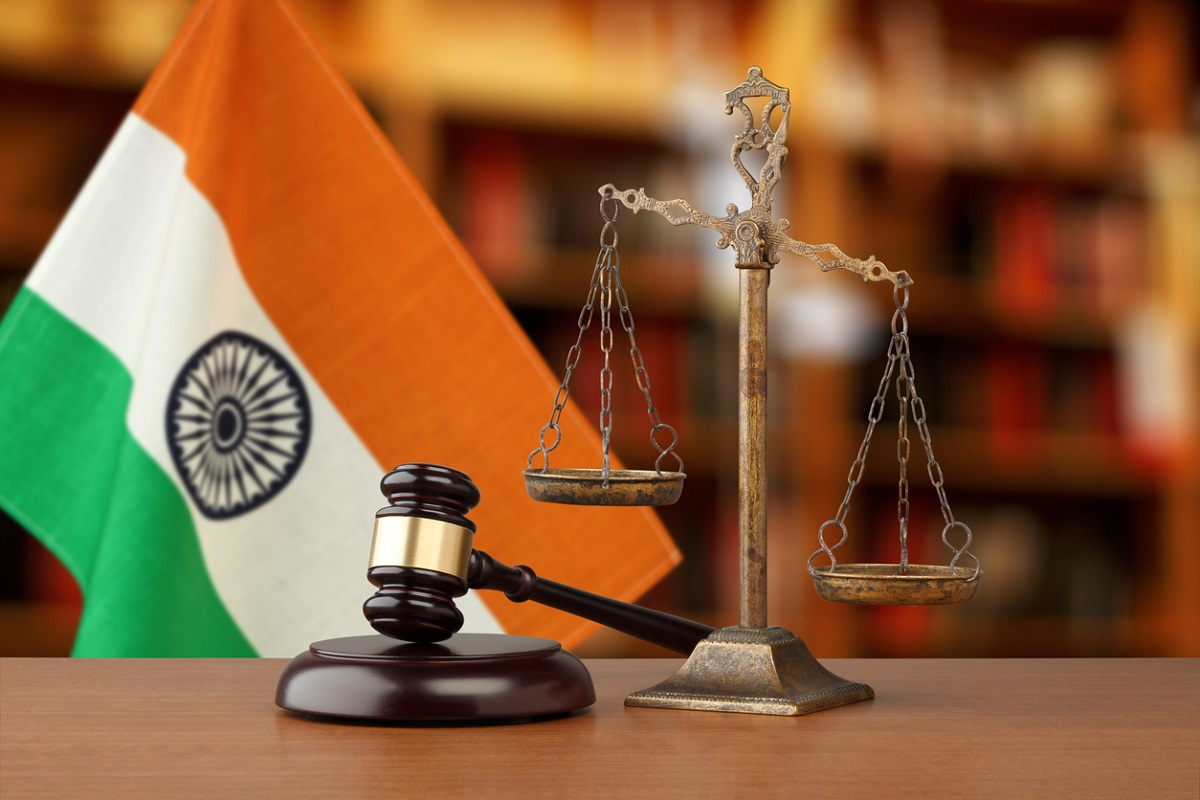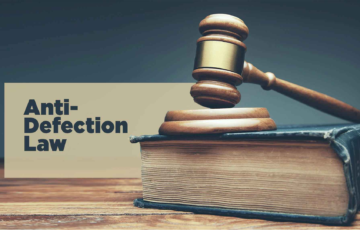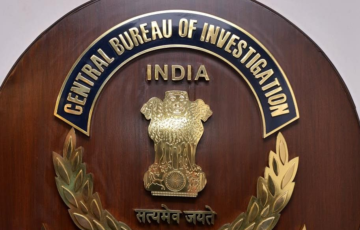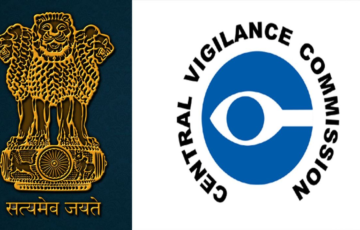JUDICIAL ACTIVISM
Background
- Judicial activism, as seen in India, does not have direct constitutional origins but was developed by the Indian judiciary. It is somewhat comparable to a similar concept in the United States.
- In India, the judiciary introduced the idea of judicial activism through various means, such as the repeal of the Locus Standi concept, the emergence of Suo Moto cases, and the creation of Public Interest Litigation (PIL). These developments have expanded the judiciary’s ability to intervene in a broad range of public matters, even without a specific complaint from an affected party.
- While early instances of judicial activism were often linked to enforcing fundamental rights, the judiciary in India has increasingly started to intervene in governance-related issues as well. This evolution has allowed the courts to play a more active role in shaping social policies and addressing public concerns.
Meaning
- Judicial activism is a judicial philosophy that calls for judges to depart from established precedents in favor of promoting progressive and innovative social policies. It urges judges to use their judicial powers as a means to rectify injustices, particularly in situations where the legislative and executive branches of government have failed to address these injustices adequately.
- In essence, judicial activism posits that the judiciary should not limit itself to interpreting and applying the law but should also be actively involved in shaping and defining social policy. This involvement extends to a range of issues, including civil rights, individual rights protection, addressing political injustices, and upholding public morality.
- In countries with a tradition of judicial activism, such as the United States and India, the courts play a significant role in influencing the direction of social and legal change, often by interpreting the constitution broadly and creatively to achieve what they perceive as just outcomes, even if it means departing from previous legal interpretations or precedents. This philosophy can sometimes be a subject of debate and controversy, as it involves a more proactive role for the judiciary in influencing society and politics.
| Examples |
|
Advantages
- Protection of Fundamental Rights: Judicial activism ensures the protection and enforcement of fundamental rights, even when other branches of government may not act or may be infringing on these rights. It serves as a crucial check against potential abuses of power.
- Justice and Equity: It allows the judiciary to actively address societal injustices and inequities, making the legal system more responsive to the changing needs and values of society.
- Filling Legislative Gaps: Judicial activism can fill legislative gaps and address issues where the legislature has failed to enact appropriate laws. This is especially important when laws have not kept pace with changing social and technological developments.
- Environmental Protection: Courts can play a vital role in preserving the environment and ensuring sustainable development by actively intervening to enforce environmental regulations and standards.
- Promotion of Accountability: It encourages transparency, accountability, and good governance by holding the executive and legislative branches accountable for their actions or inaction.
- Public Interest: Judicial activism often prioritizes the public interest, allowing courts to address issues of broad public concern and welfare.
- Balancing Powers: In systems with a separation of powers, judicial activism can help maintain a balance between the branches of government, ensuring that no single branch becomes overly dominant.
- Legal Development: It can lead to the development and evolution of legal principles and doctrines, adapting the law to changing circumstances and societal needs.
- Access to Justice: Through mechanisms like Public Interest Litigation (PIL), judicial activism can provide a forum for marginalized and vulnerable populations to seek justice and address grievances.
- Protecting Minority Rights: It can safeguard the rights of minorities and vulnerable groups who might otherwise be subject to discrimination or neglect.
Disadvantages
- Undermining Democratic Processes: Judicial activism may undermine democratic principles by allowing unelected judges to make significant policy decisions. This can be seen as undemocratic and infringing on the legislative authority of elected representatives.
- Overreach: There’s a risk of judicial overreach, where judges may exceed their constitutional authority, leading to a concentration of power in the judiciary and potentially undermining the separation of powers.
- Lack of Accountability: Judges are not directly accountable to the public in the same way elected officials are. Overly activist judges may not be subject to the same checks and balances that elected representatives face.
- Delay and Overload: The extensive involvement of courts in policy matters can lead to delays in the legal process and the judicial system becoming overburdened with cases, potentially hindering access to justice.
- Subjectivity: Judicial activism can introduce a level of subjectivity into legal decisions, as judges may be influenced by personal or political beliefs. This can lead to inconsistency in the application of the law.
- Unpredictability: Frequent judicial activism can make it difficult for individuals and businesses to predict legal outcomes, as the law may evolve rapidly based on judicial decisions.
- Legislative Disempowerment: Excessive activism can discourage the legislature from taking responsibility for legislating on important issues, as they may expect the courts to address them instead.
- Conflict and Tensions: Judicial activism can lead to tensions and conflicts between the judiciary and other branches of government, which may hinder effective governance.
- Interference with Policy-making: Courts may not have the same expertise or access to information as the legislature or executive, potentially resulting in less well-informed policy decisions.
- Erosion of Legal Certainty: Frequent changes in legal interpretation and standards can erode legal certainty, making it challenging for individuals and businesses to understand and comply with the law.













